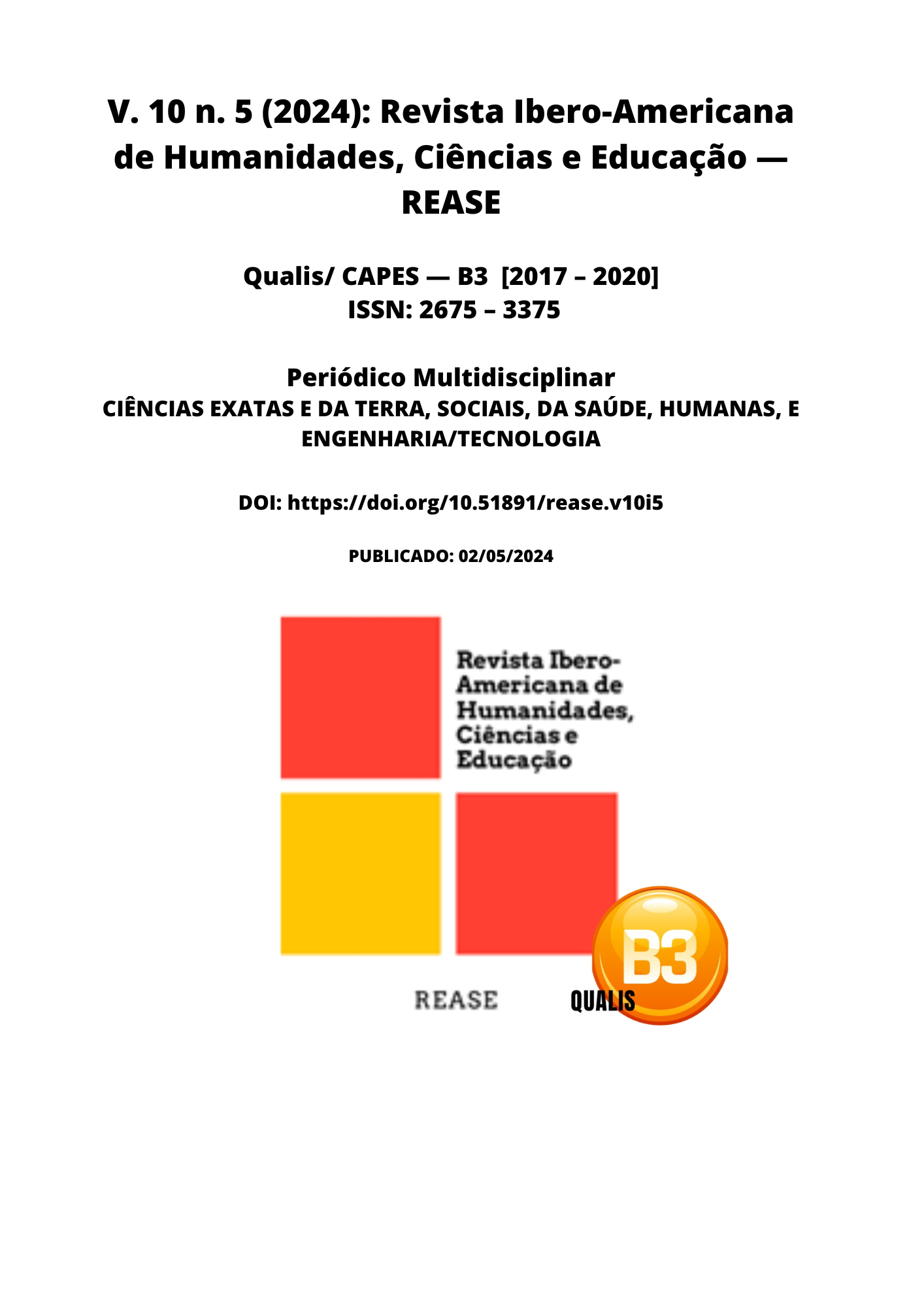CRIME DE STALKING E A VIOLÊNCIA CONTRA A MULHER
DOI:
https://doi.org/10.51891/rease.v10i5.14117Palavras-chave:
Crime de stalking. Perseguição. Violência.Resumo
O crime de stalking é estabelecido através de um comportamento de perseguição, reiterado e persistente, um assédio destinado a uma vítima específica, onde a mesma não deseja. Ele é praticado em uma série de atos que podem ser a aproximação física, contatos indesejados, vigilância, envio de objetos como presentes e cartas com declarações de amor, ofensas, e até mesmo ameaças. Em alguns casos, pode resultar em agressões físicas, sexuais e até o homicídio. O crime de stalking pode ser manifestado especialmente após o fim de relacionamentos amorosos, mas não é regra, e pode ocorrer em diversos outros contextos, como na perseguição de celebridades. Predominantemente, essas vítimas são do sexo feminino e seus stalkers, do sexo oposto. Alguns possuem trantornos mentais. Os danos causados por ele não são apenas físicos, podendo acarretar em problemas psicológicos e em uma mudança de vida drástica nas vítimas. O stalking no Brasil era considerado apenas como uma contravenção penal de perturbação da tranquilidade, com a criminalização no Brasil, esse cenário passa a ser mais uma contribuição as mulheres que sofrem diariamente nas mãos de quem prática essa violência.
Downloads
Downloads
Publicado
Como Citar
Edição
Seção
Categorias
Licença
Atribuição CC BY

